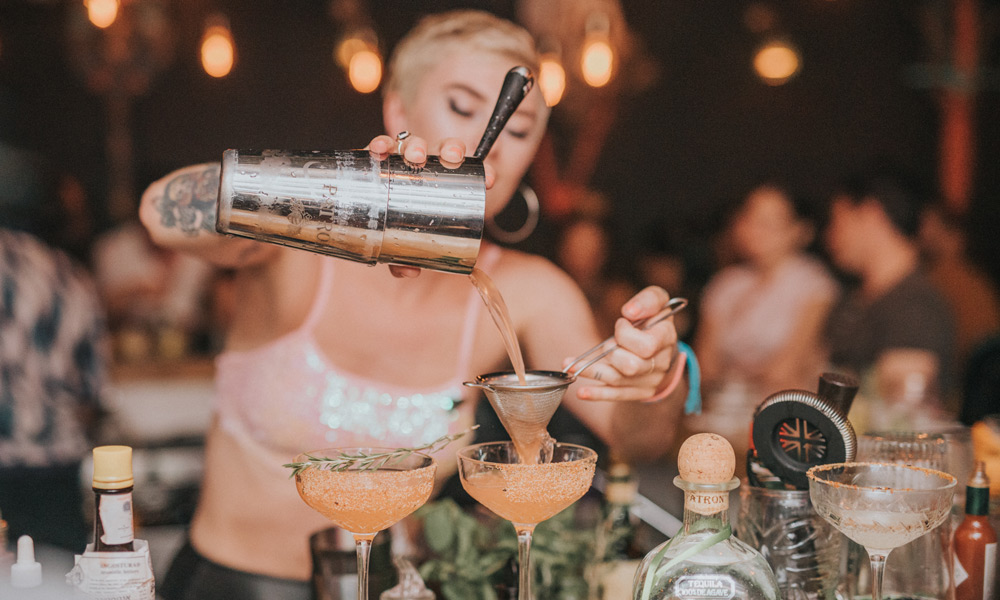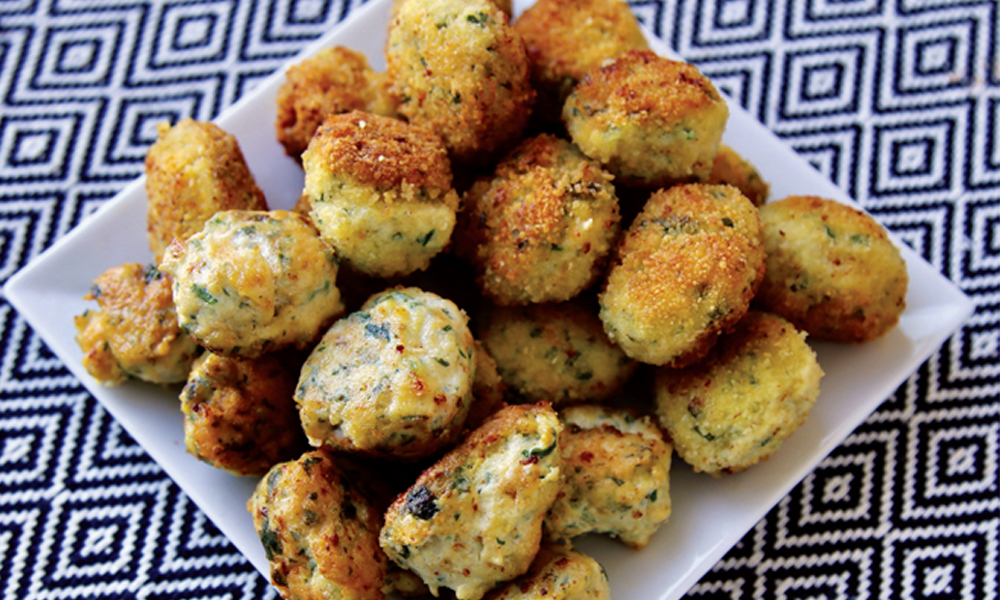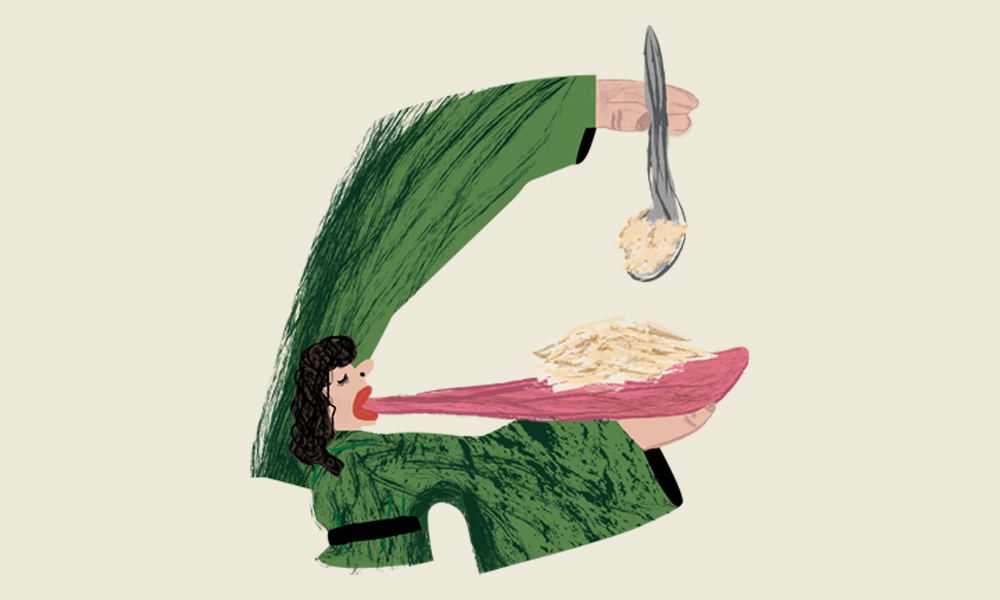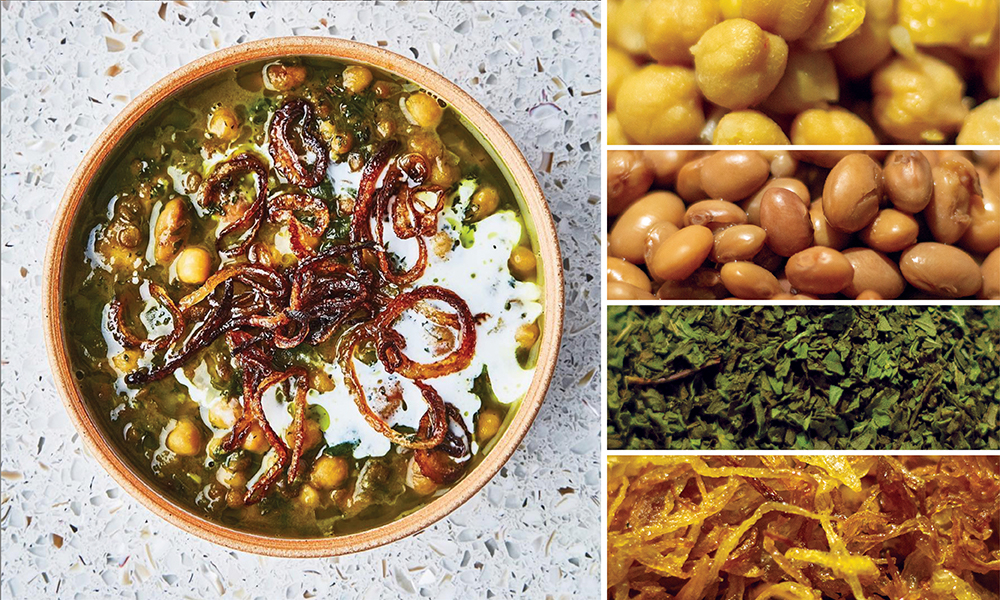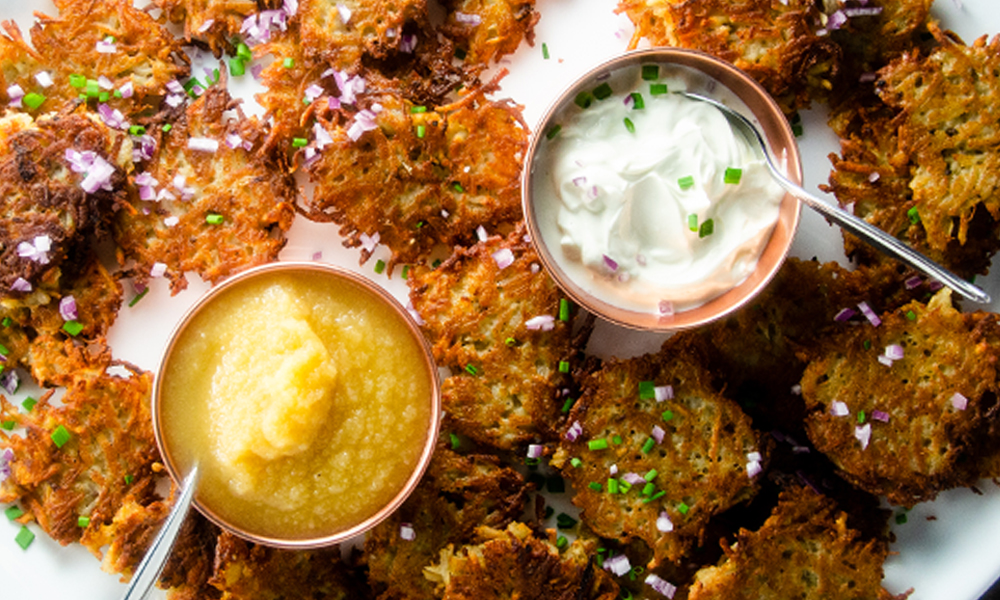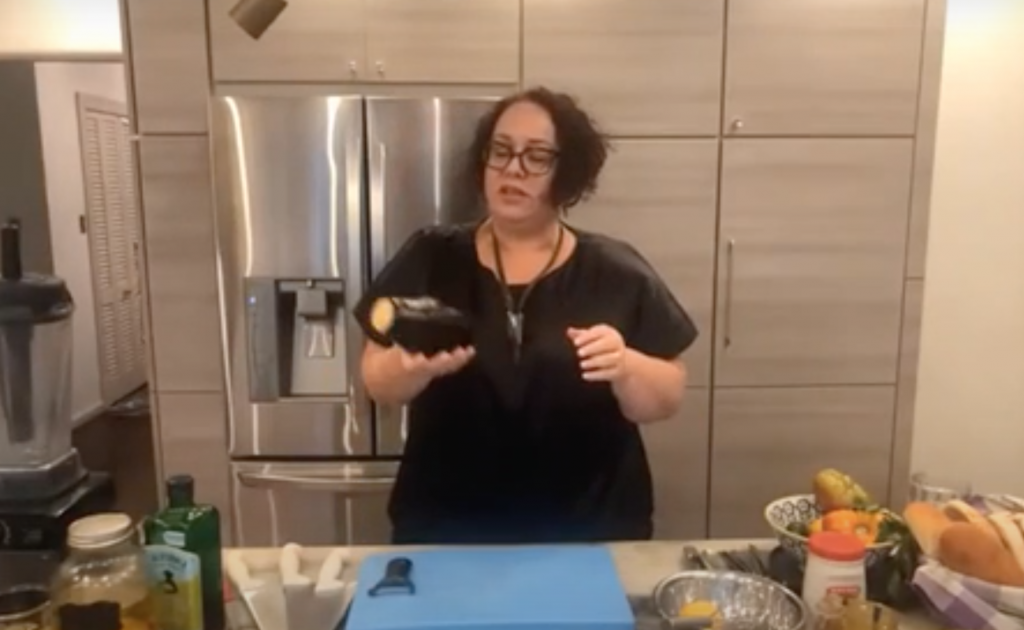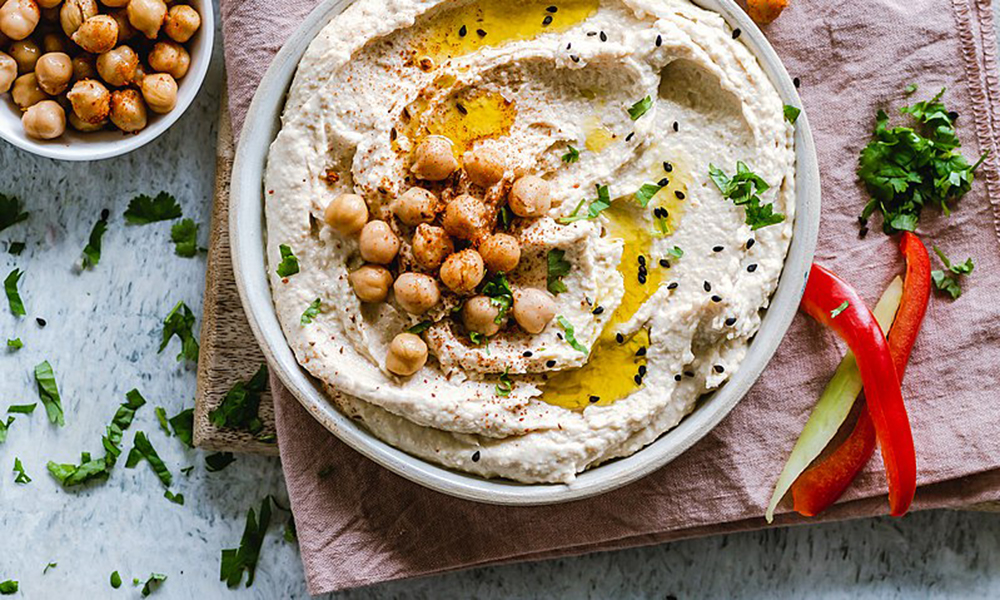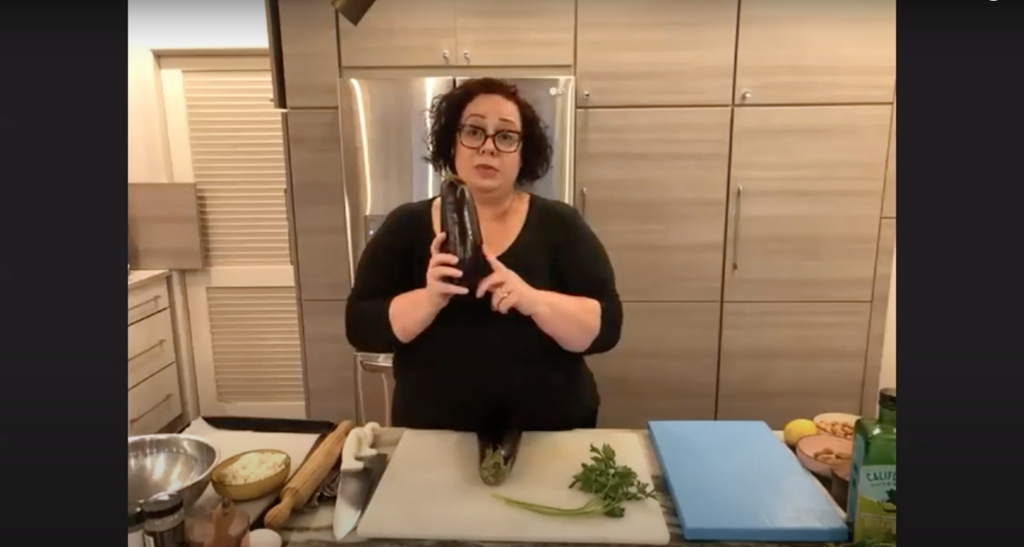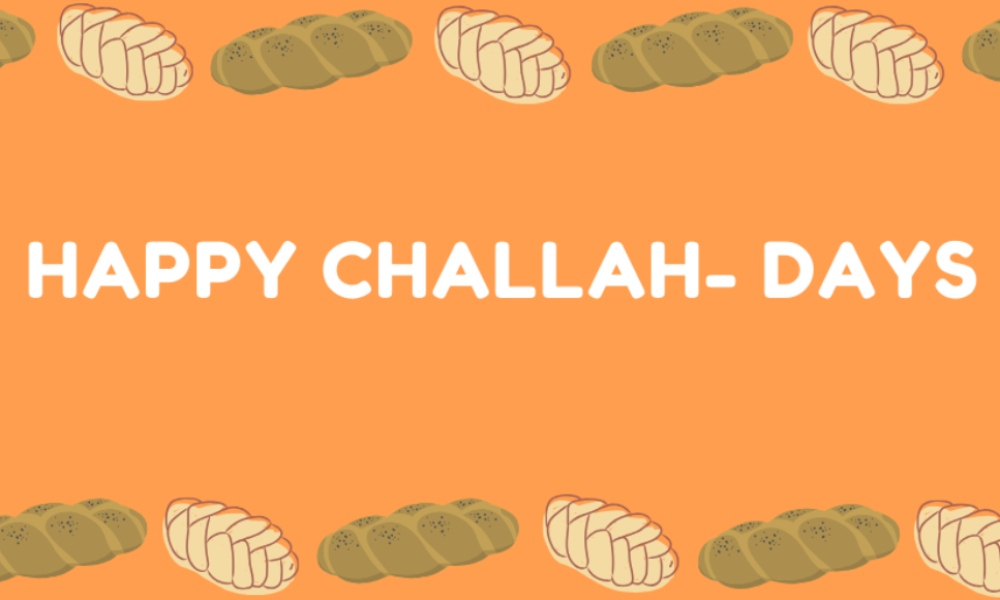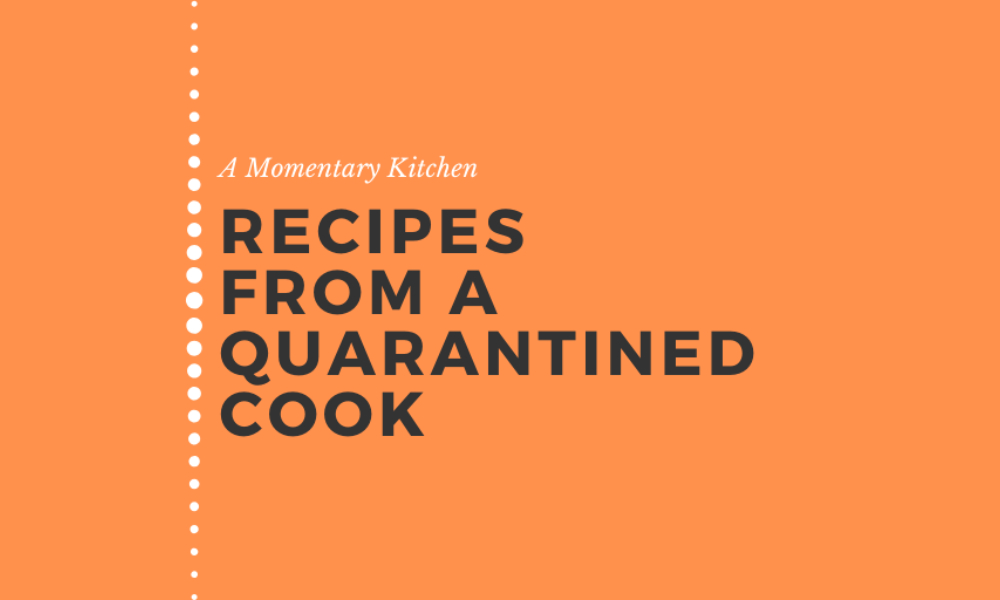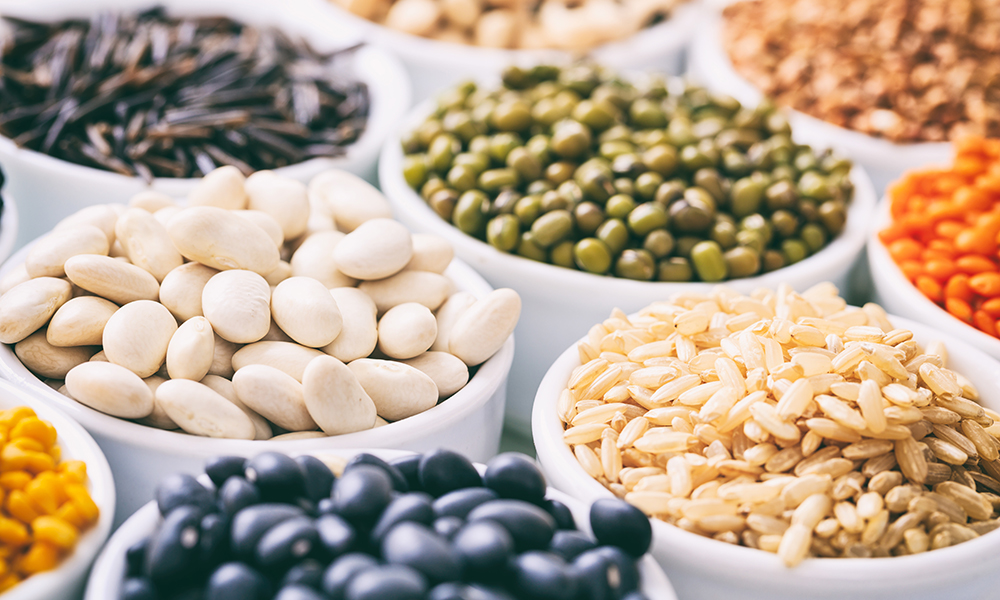Before the bar burned down, Joe Scialom served everyone from English royalty to Indian Sikhs. The Jewish bartender began his career at Shepheard’s Hotel in Cairo, where he invented his most famous drink, the Suffering Bastard, made from gin, brandy, lime juice, bitters and ginger ale. But in 1952, nationalist mobs razed the hotel, and Scialom, like many Jews, was banished from Cairo during the Suez Crisis. He immigrated to the United States and was quickly hired by Conrad Hilton, helping open bars across the world.
Bartenders like Scialom were key to the evolution of cocktails; they created them, wrote them down and passed them on. But despite Scialom’s fame, the history of the cocktail is not particularly Jewish. It is actually an English concoction “perfected, iced and popularized” in America, says David Wondrich, the James Beard Award-winning cocktail historian, who defines the cocktail as “a short, iced mixture of spirituous and other ingredients.” By the time Prohibition began, Jews did make up a significant portion of the alcohol industry—most often in the whiskey business, working as distillers or distributors.
But a smaller cohort of Jews also made their mark as cocktail bartenders. One of the earliest was Jacob “Jack” Grohusko, a Jewish immigrant from the United Kingdom. Born in 1876, Grohusko got his start bartending at hotels before moving to Baracca’s in lower Manhattan. Over the next few decades, he published several editions of his popular Jack’s Manual, a handbook of nearly 400 cocktail recipes. This book is where the Brooklyn cocktail (originally made with Amer Picon bitters, Maraschino, rye whiskey and vermouth), perhaps designed to rival the Manhattan, made its first appearance—and Grohusko may have been the drink’s inventor. “He’s certainly the best candidate we have,” says Wondrich.
Then there’s Joel Rinaldo, also Jewish, who ran a three-floor chili parlor for actors and celebrities called Joel’s. “Everybody who’s anybody from the New York theater went there and hung out and partied,” Wondrich says. It’s possible that Rinaldo, born in 1870, invented the Blue Moon, a popular pre-Prohibition drink. “It was always associated with him, and it was the signature drink of Joel’s.” Although Rinaldo never published his recipe, modern iterations usually contain gin, lemon juice and either crème de violette or crème yvette.
These Jewish bartenders, however, rarely brought their religious identity into their work, says Wondrich. Although their drinks became the standard cocktails of their day, Wondrich wouldn’t necessarily consider them Jewish—just as the Manhattan isn’t an Irish cocktail, “although it might have been mixed up by an Irish guy.”
So for cocktail connoisseurs looking to draw from their own culture, does Judaism have anything to offer? This is a modern question, born from the current revival of American cocktail culture. (If you’ve ever sipped a $16 craft cocktail made by a mixologist in a speakeasy sometime in the past decade, you know the revolution has gone mainstream.) And so it’s fitting that Jewish cuisine and cocktail culture is, in many ways, a modern marriage.
Just last year, Second Avenue Deli, a Jewish delicatessen in New York City, opened a cocktail bar above the restaurant called 2nd Floor. Designed to bring the Jewish deli experience to a younger generation, 2nd Floor is a contemporary cocktail lounge with a tinge of old-world nostalgia. When the team designed the cocktail menu, operations director Jason Jeffords III looked to the Borscht Belt—the mid-century Jewish Catskill Mountains resorts—but he came up dry.
The bar’s cocktail menu includes several creative pairings: One of these is the Man-o-Manischewitz, a basic sour made with gin, mulled Manischewitz wine, lemon and cinnamon. “I guarantee if you go to the other 300 cocktail bars in New York City, nobody is using Manischewitz,” says Jeffords. Then there’s a cocktail made with slivovitz, the potent Eastern European plum brandy, called the City of Gold. Known for its bitter taste, slivovitz is a challenging cocktail ingredient, and it took Jeffords’ team a while to figure it out. Their final design mixes slivovitz with sherry, peach and rum. The bar also features a sizeable selection of Judaism-themed drinks, contemporary concoctions with evocative names that forgo the vexing old-school flavors. Take the Shofar, a Rosh Hashanah-inspired drink made with ingredients like apple brandy, grenadine, honey and baked apple.
While 2nd Floor’s cocktail menu is meant to be a tad tongue-in-cheek, most Jewish-themed drinks found at otherwise-unaffiliated American bars go to town with the camp and gimmickry. When Radiator, a bar in Washington, DC, designed nine cocktails based on the movie A Christmas Story, Jewish bartender Sarah Rosner made sure one of the drinks was the Bo Ling Chop Suey Palace—a tribute to the Jewish tradition of eating Chinese food on Christmas. “That was my sneaky Hanukkah drink on the Christmas Story menu,” Rosner says. The drink, which is served hot, is made with bourbon washed in duck fat, chamomile tea, house-made marmalade and Giffard Abricot liqueur, then served in a small teapot with two teacups. Otherwise, Rosner’s Jewish background only occasionally influences her cocktail creations. On a recent trip to Israel, for instance, she brought back some of the Middle Eastern spice za’atar, which she’s planning to use for an upcoming rickey competition.
Israel has a flourishing cocktail culture all its own, which has matured over the past decade. Israel’s first dedicated cocktail bar, 223, opened in Tel Aviv in 2008; Imperial opened a few years later, in 2013, and since then it has made the World’s 50 Best Bars list several times. But this is a success story wholly separate from American Jewish cocktails—and from Judaism altogether. “We see this as Israeli, not necessarily Jewish,” says Omer Gazit-Shalev, who co-organized Tel Aviv’s very first cocktail week in May. During the week, participants who purchased a wristband could buy a cocktail for 25 shekels ($7) at 30 Israeli cocktail bars.
Israeli cocktails make use of local ingredients, while also drawing inspiration from the region—particularly when it comes to spices. But beyond flavor, Gazit-Shalev claims Israeli cocktail bartenders take a warm, open approach to hospitality. “We would make fun, crack jokes, have shots—even in the most sophisticated cocktail bar.” He thinks this laid-back style has helped Israeli bars win awards, because judges relate to confident, outgoing bartenders. And compared to cities that focus on the classics, Tel Aviv’s cocktails are also “usually more approachable,” he says. Instead of the Manhattan or the Old Fashioned, “we’d go with passion fruit and mango and apples.”
When it comes to classic cocktail history, it’s puzzling that Jews didn’t play a larger role. Gazit-Shalev wonders if the strict kosher rules surrounding grapes and grape products made key cocktail ingredients—like cognac and vermouth—inaccessible. But one generation’s challenge is another’s rallying cry, and back in New York, 2nd Floor is staking a claim to tradition: Every cocktail on the menu is kosher. While Jeffords says this isn’t a difficult feat, it “definitely takes your menu in a certain direction.”
But Jeffords doesn’t want 2nd Floor to be pigeonholed. “A deli is still a deli, and we’re a cocktail bar,” he says, “and that’s what we have to be.” Still, sometimes overlap is inevitable. 2nd Floor’s most popular drink is the Upper Eastsider: With a base of vodka or gin, it stars the Jewish deli regular’s beverage of choice: Dr. Brown’s Cel-Ray.
Cocktail Recipes
Suffering Bastard
1 ounce gin
1 ounce brandy
1 ounce lime juice
Shake with ice.
Strain into ice-filled Collins glass.
Top off with chilled ginger ale.
Garnish with an orange-cherry “flag.”
from David Wondrich
Brooklyn cocktail
1 ½ ounces straight rye whiskey
1 ½ ounces Italian (red) vermouth
1 barspoon Amaro CioCiaro or other orange-heavy Italian amaro
1 barspoon Luxardo Maraschino
Stir well with cracked ice.
Strain into a chilled cocktail glass
Twist a swatch of thin-cut lemon peel over the top.
from David Wondrich
Blue Moon
2 ounces dry gin
½ ounce crème yvette or crème de violette
½ ounce fresh lemon juice
Shake all ingredients with ice to chill and strain into a chilled glass.
Garnish with a lemon twist.
from Imbibe Magazine

